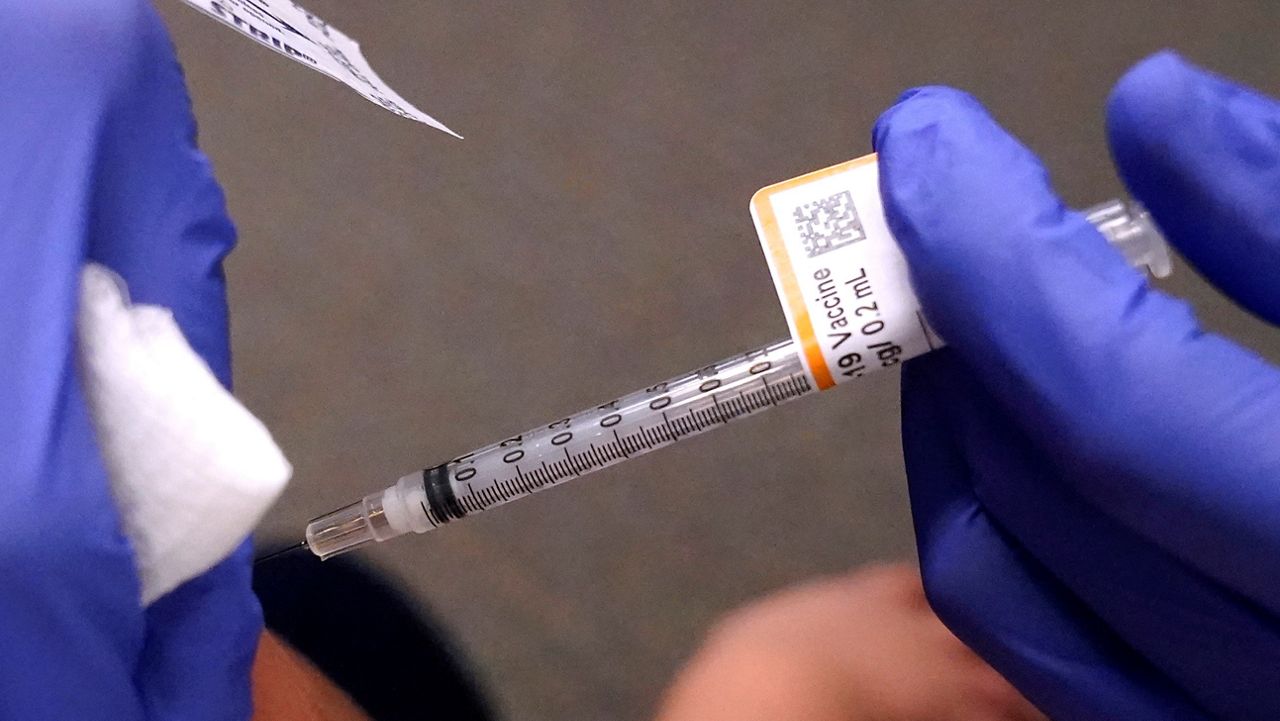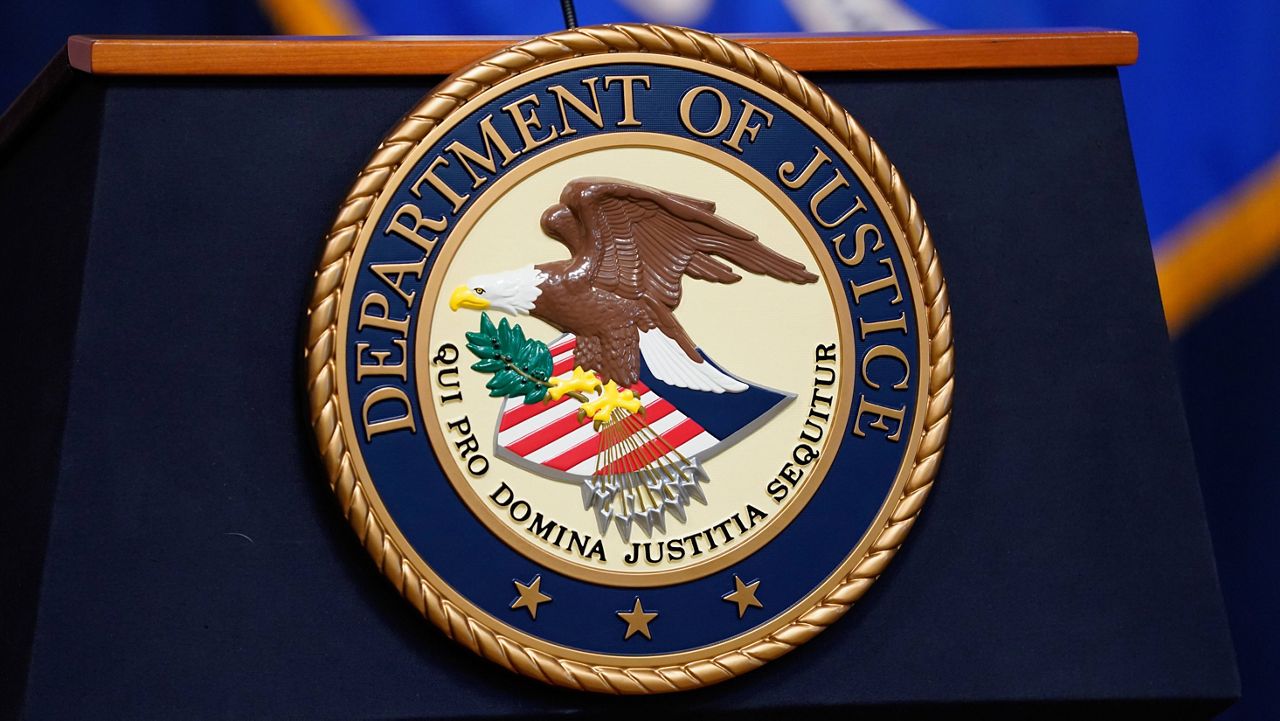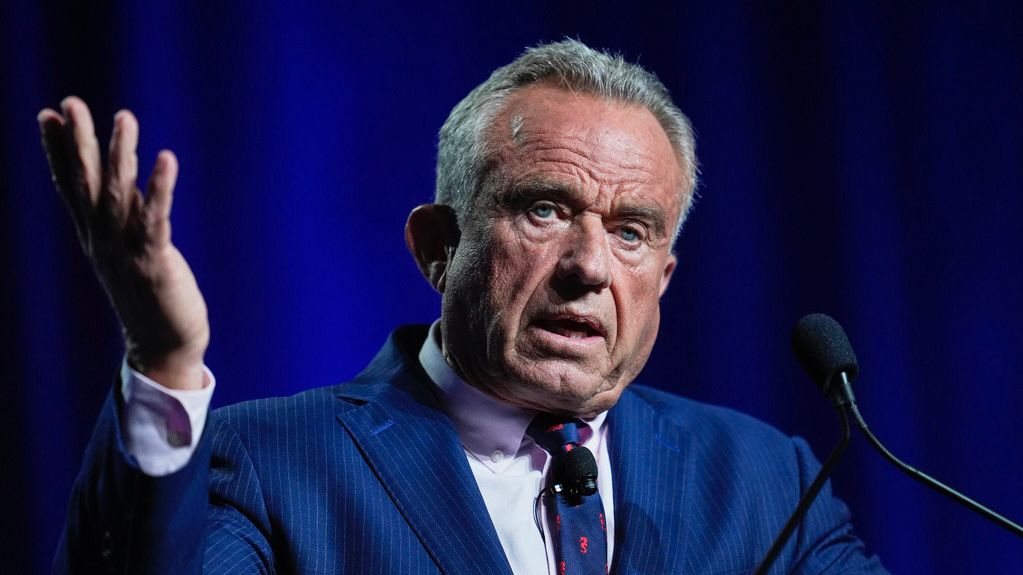The number of gun homicides in the United States spiked by 35% in 2020 and hit its highest rate in more than 25 years, according to a new analysis by the Centers for Disease Control and Prevention.
What You Need To Know
- The number of gun homicides in the United States spiked by 35% in 2020 and hit its highest rate in more than 25 years, according to a new analysis by the Centers for Disease Control and Prevention
- The numbers were higher in nearly every category, but the biggest increase was among non-Hispanic Black males 10 to 44 years old
- Suicide rates were relatively flat between the two years, but health officials noted alarming increases among 10- to 24-year-olds and American Indians and Alaskan natives
- The study did not explore the reasons behind the increases, but some health experts believe stress related to the COVID-19 pandemic could be to blame
- Homicide and suicide rates are associated with economic conditions, and racial and ethnic minority groups are more like to live in poorer communities, the CDC said
According to the study, there were 19,350 homicides using firearms that year, up from 14,392 in 2019. The numbers were higher in nearly every category, but the biggest increase was among non-Hispanic Black males 10 to 44 years old.
Suicide rates were relatively flat between the two years, but health officials noted alarming increases among 10- to 24-year-olds and American Indians and Alaskan natives.
Seventy-nine percent of all homicides in 2020 and 53% of suicides involved guns, the analysis said.
"I've talked with many people who lost a child, parent, a sibling or a friend to firearm homicide or suicide," Thomas Simon, associate director for Science at the CDC’s Division of Violence Prevention, told reporters Tuesday. "These deaths have devastating effects on families, schools and entire communities and have lasting consequences for us as individuals and as a society."
The study did not explore the reasons behind the increases, but some health experts believe stress related to the COVID-19 pandemic could be to blame. The CDC is not ruling that out, noting that Americans faced disruptions to services and education, social isolation, job losses, housing instability and financial concerns.
“The COVID-19 pandemic could have worsened the effects of these and other existing social and economic stressors that increase the risk for homicide and suicide, particularly among racial, ethnic minority communities,” Simon said.
The data shows a widening disparity between whites and minorities. For instance, the rate of firearm homicides in Black males 10 to 24 years old was more than 21 times higher than the rate for white males in the same age group.
Homicide and suicide rates are associated with economic conditions, and racial and ethnic minority groups are more like to live in poorer communities, Simon said.
The poverty rates for Hispanic, non-Hispanic Black and American Indian/Alaska native populations are higher than the national average. Homicide rates were higher and increased the most in poorer communities, while the rates were lowest in communities at the lowest poverty level, Simon said.
Simon said minorities are more likely to face poverty because of factors such as longstanding systemic inequities and structural racism that limit economic housing and educational opportunities.
“They contribute to unfair and avoidable health disparities among some racial and ethnic groups,” he said.
Calling firearm violence preventable, Dr. Debra Houry, the CDC’s acting principal deputy director and director of the agency’s National Center for Injury Prevention and Control, said the issue requires a comprehensive strategy that includes programs and policies aimed at both reducing the risk of gun violence and addressing the underlying economic conditions that contribute to it.
That, she said, could include approaches such as housing assistance, child care subsidies, tax credits and livable wages.
“These approaches can help lift individuals and families out of poverty, reduce stress and enhance positive outcomes,” Houry said.
Ryan Chatelain - Digital Media Producer
Ryan Chatelain is a national news digital content producer for Spectrum News and is based in New York City. He has previously covered both news and sports for WFAN Sports Radio, CBS New York, Newsday, amNewYork and The Courier in his home state of Louisiana.








